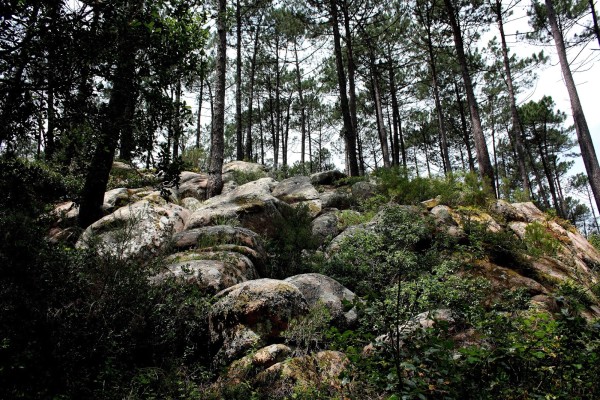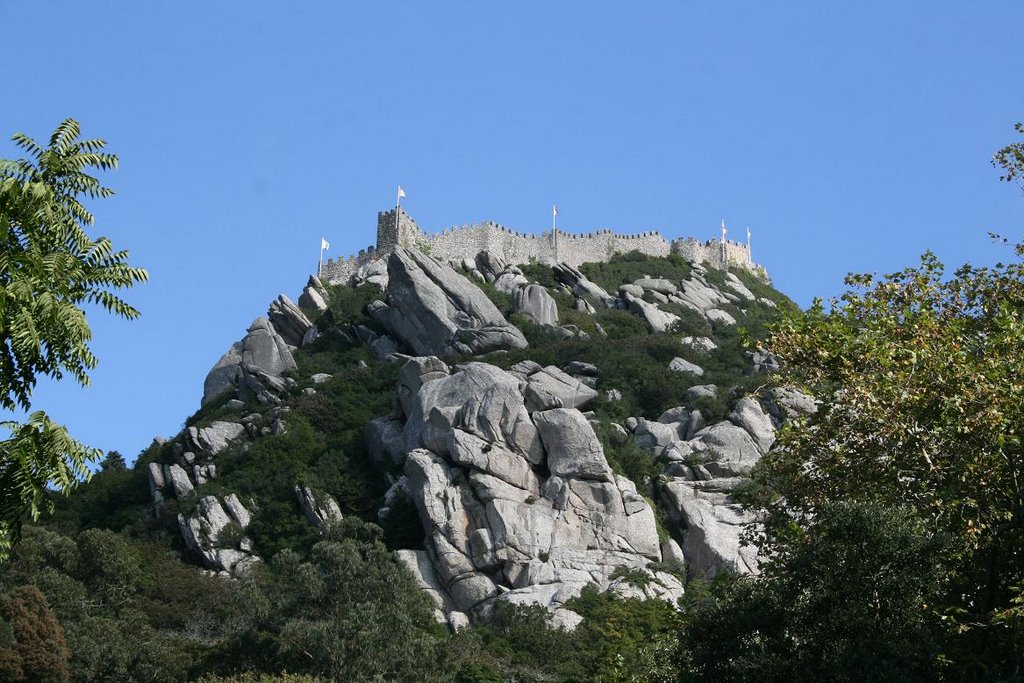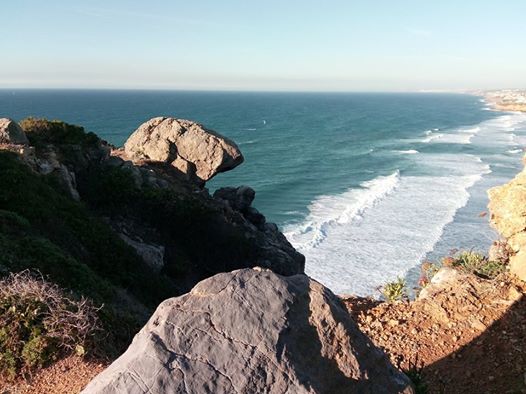Excited QCD 2017
Sintra, Portugal

WELCOME!
The 2017 edition of Excited QCD will take place from 7 to 13 May 2017, in Sintra, 30km from the centre of Lisbon, Portugal. The location is perfect for those who love nature, history, the ocean and good food. The Hotel Sintra Jardim, in São Pedro De Sintra, Portugal, will host the meeting.
ABOUT THE WORKSHOP
This edition is the ninth in a series of workshops that had been previously organised in Poland (2009), Slovakia (2010 and 2015), France (2011), Portugal (2012 and 2016) and Bosnia and Herzegovina (2013 and 2014). In the year 2017 the workshop goes to the beautiful Sintra near Lisbon, Portugal.
The workshop covers diverse aspects of QCD:
(i) QCD at low energies: excited hadrons, new resonances, glueballs, multiquarks.
(ii) QCD at high temperatures and large densities: heavy-ion collisions, jets, diffraction, hadronisation, quark-gluon plasma, holography, colour-glass condensate, compact stars, applications to astrophysics.
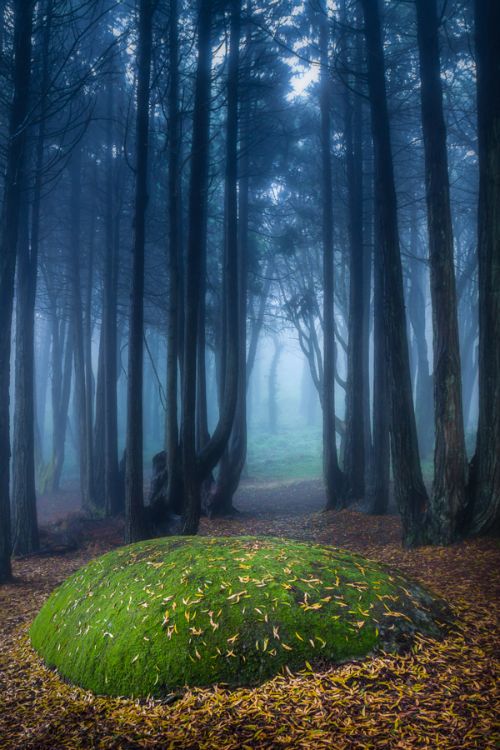
Emphasis is placed on new developments in theory as well as the current experimental status. Scientific atmosphere, various discussions about different topics in QCD, active participation of many young researchers and a nice environment have been the main characteristics of the previous editions and also represented the goals for the new edition. The talks are all plenary, 20' long separated by 10' for discussions and with a coffee break of 30' every three or four talks for more discussions. An extended lunch break allows for longer discussions and for inspiring open-air activities.
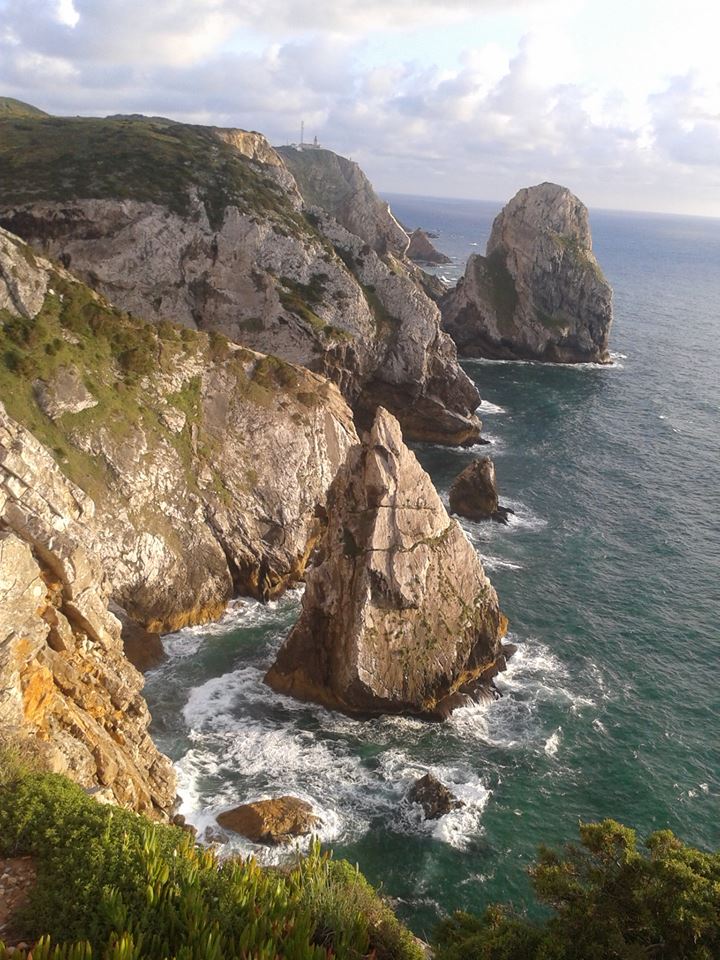
VENUE
The meeting will take place at Sintra, just 30km far from Lisbon downtown and reachable from the airport by public transports, metro and commuters train. The commuters Sintra train line starts at Rossio, Lisboa historic downtow.
Sintra is a historic town in an important natural park, a romantic mountain ~600m high over the ocean, ideal for trekking, climbing and surfing. It is also a UNESCO world heritage site, with many palaces, castles and gardens. It was the preferred holiday location for kings, nobles and poets. Sintra has many exquisite hotels, pubs and restaurants.
The conference hotel, where a part of the participants will stay and where the conference will run, is the Hotel Sintra Jardim, http://hotelsintrajardim.pt/pt, close to the village of São Pedro de Sintra, 10 min walking (uphill) from the Sintra train station.
We reserved a number of rooms at the Hotel Sintra Jardim. The prices per night including breakfast, are 65 to 75 € per person if the room is used as a single room, or 25 to 40 € if the room is shared. The dinners are not included in this price and cost 12.50 €. We plan to have dinners with all participants in the same hotel. In order to make the booking at the hotel, please see details bellow.
IMPORTANT: book your room ASAP
We advise the participants to book as soon as possible their rooms because Sintra is very touristic, moreover every year on the 13th of May many catholic pilgrims (including probably the Pope himself) visit Portugal. Participants should book their rooms directly at the hotel, sending an email or calling, and mentioning they are attending eQCD 2017.
The Hotel Sintra Jardim may organize the sharing rooms for those who wish a lower cost in the accommodation. Unfortunately this year we could not find a hotel with enough rooms for everyone (Sintra Jardim is a cosy family run hotel with only ~15 rooms). Its detailed prices (per night with breakfast) are,
- single room- 65,00 €,
- single with garden view - 75,00 €,
- double room (2 persons) - 70,00 €,
- double room with garden view - 80,00 €,
- triple room - 80,00 €,
- triple room with garden view - 95,00 €,
- quadruple room - 100,00 €,
- quadruple room with garden view- 110,00 €.
In order to make a booking at Sintra Jardim, please make your request via contact form on their website http://hotelsintrajardim.pt/pt and mention that you are coming for the Excited QCD conference.
If you are late for the booking with Hotel Sintra Jardim, there are several other hostels, guest houses and hotels nearby the conference venue or close to the historic Sintra centre (10 to 15 min distance away in walking time units). The alternative accommodations we contacted and recommend are:
1-2 min away (guest houses with double rooms or with triple room apartments) ,
http://www.quintadasmurtas.com
http://www.casa-das-campainhas.com
10 -15 min or 1km away (hostels closer to the train station with double rooms or dorms),
10 - 15 min or 1 km away (hotel in the historic centre with single and double rooms)
http://www.tivolihotels.com/pt/hoteis/sintra/tivoli-sintra/o-hotel.aspx
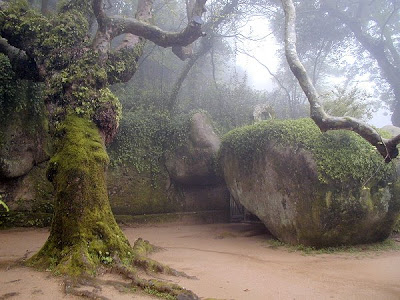
Organizing Committee
